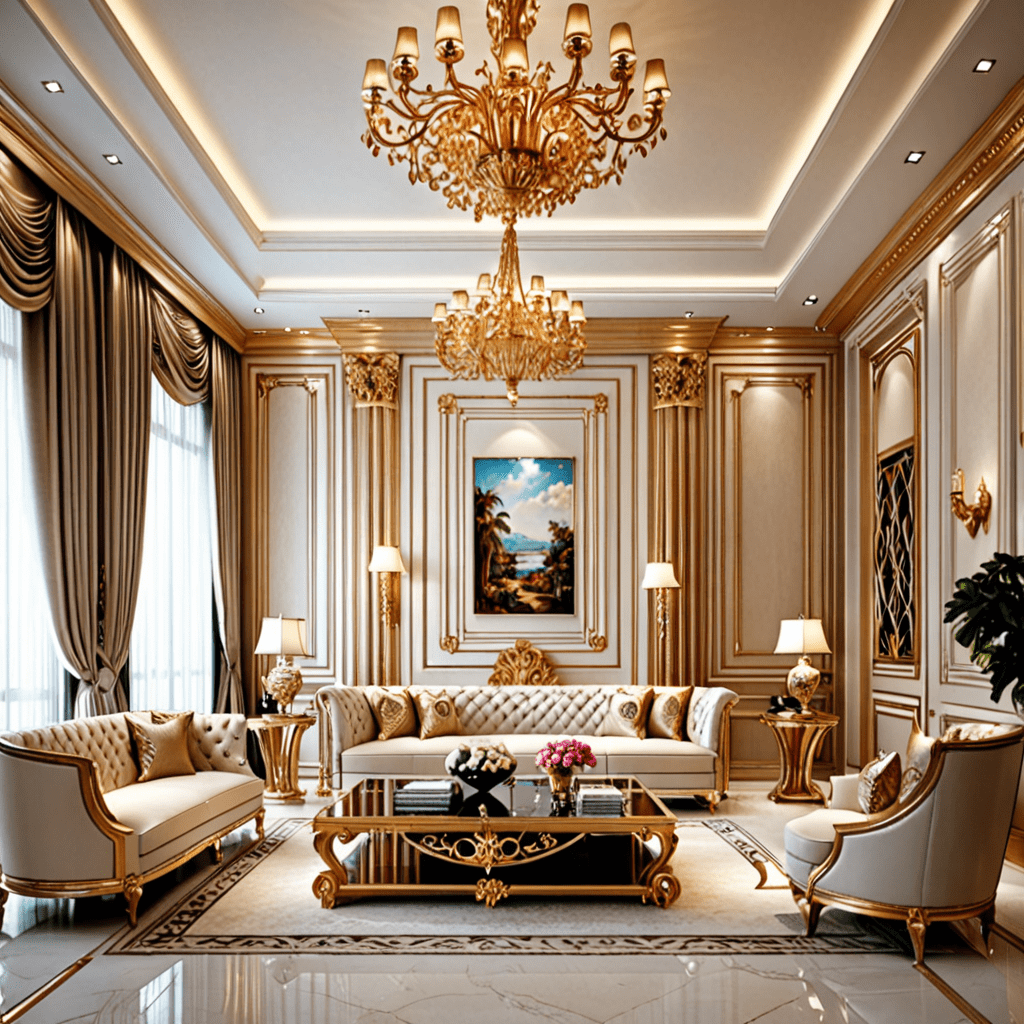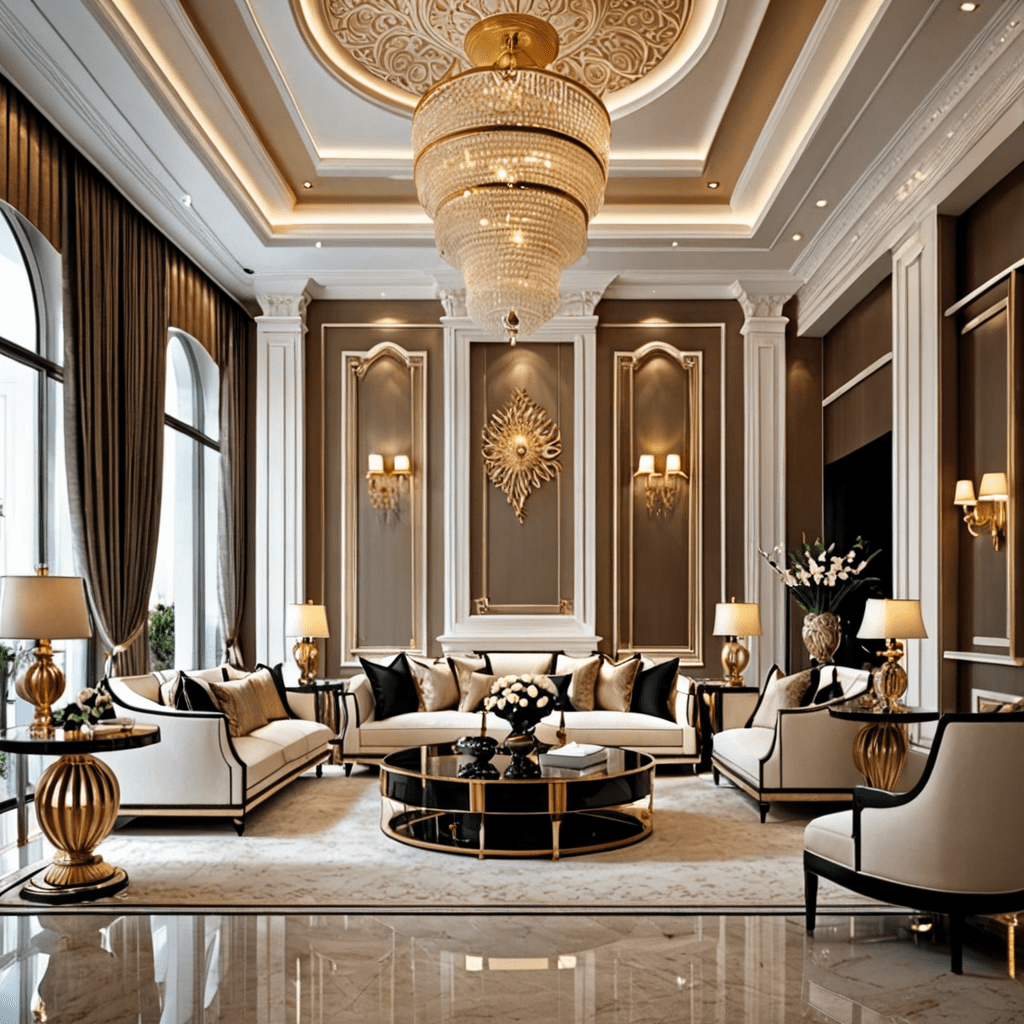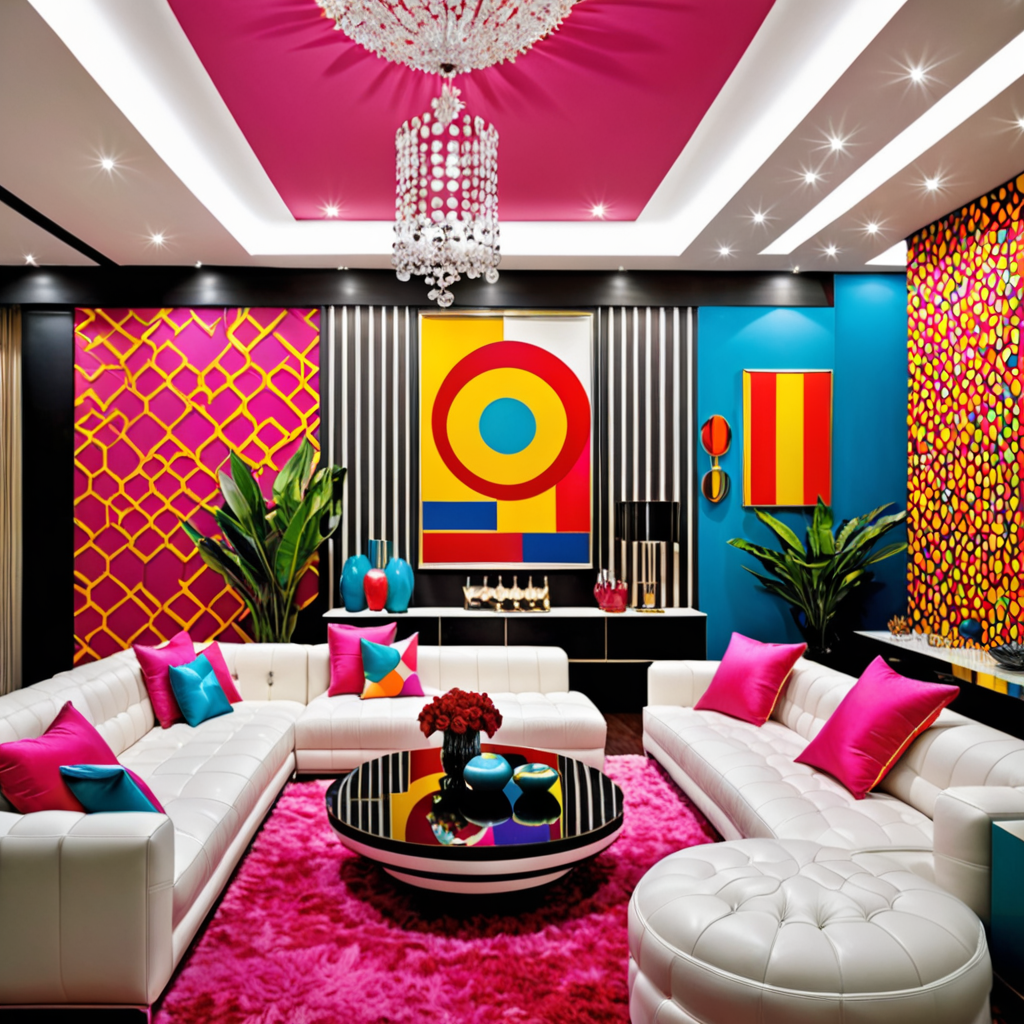Unveiling the Intriguing Realities of Interior Design!


Facts About Interior Design
Unveiling the Intriguing Realities of Interior Design!
1. The Power of Color
Colors play a significant role in interior design. They have the ability to evoke specific emotions and set the ambiance of a room. Warm colors like red and orange can create a sense of energy, while cool colors like blue and green can promote relaxation. Choosing the right colors for your space is crucial in creating the desired atmosphere.
2. The Importance of Lighting
Lighting is an essential element in interior design. It affects the mood, functionality, and visual appeal of a space. Natural light can make a room feel bright and spacious, while artificial lighting can be used to highlight specific features or create a cozy ambiance. Proper lighting placement and selection can greatly enhance the overall design.
3. The Role of Furniture Arrangement
The way furniture is arranged in a room can greatly impact the flow and functionality of the space. It is important to consider the scale, proportion, and purpose of each piece of furniture when planning the layout. A well-thought-out arrangement can maximize space, facilitate conversation, and improve the overall aesthetic.
4. Texture and Its Effects
Texture adds depth and visual interest to interior design. It can be introduced through various elements like fabrics, finishes, and accessories. A room with rich textures can create a warm and inviting atmosphere, while smooth and sleek surfaces can evoke a more modern and minimalist feel.
5. The Magic of Patterns
Patterns are powerful tools in interior design. They can add energy, personality, and a sense of cohesiveness to a space. Whether it’s through wallpapers, fabrics, or tiles, patterns can create visual interest and enhance the overall design concept. Mixing patterns can be a challenging task, but when done right, it can elevate the style of a room.
6. Balancing Form and Function
Interior design is a delicate balance between form and function. While aesthetics are important, the functionality and usability of a space should not be compromised. Design elements and furniture should serve a purpose and provide comfort, ensuring that the space meets the needs of its occupants.
7. Sustainable Design
In recent years, there has been a growing emphasis on sustainable interior design. This involves using eco-friendly materials, incorporating energy-saving features, and promoting a more sustainable lifestyle. Sustainable design not only benefits the environment but also creates healthier and more efficient living spaces.
Frequently Asked Questions (FAQ)
What qualifications do interior designers have?
Interior designers typically have a bachelor’s degree in interior design, architecture, or a related field. They may also acquire certifications from professional organizations such as the American Society of Interior Designers (ASID) or the Council for Interior Design Qualification (CIDQ).
How do I choose the right interior designer?
When selecting an interior designer, consider their portfolio, experience, and style. It is also important to have clear communication and a good rapport with the designer. Requesting references and reading reviews can also give you insights into their previous work and client satisfaction.
What are some popular interior design styles?
There are various interior design styles, including contemporary, traditional, modern, industrial, Scandinavian, and bohemian, among others. Each style has its own unique characteristics and aesthetic preferences. Exploring different styles can help you discover what resonates with your personal taste.
Can interior design improve the value of a home?
Yes, well-executed interior design can increase the value of a home. Thoughtful design choices, such as updated fixtures, functional layouts, and appealing aesthetics, can make a property more attractive to potential buyers or tenants.
How can I stay on budget during an interior design project?
To stay on budget, determine your priorities and set a realistic budget from the start. Research and compare prices of materials, furniture, and services before making any purchases. Hiring a professional interior designer can also help in managing costs and finding cost-effective solutions without compromising quality.
Can interior design improve productivity in a workspace?
Definitely! Well-designed workspaces can enhance productivity and creativity. Factors like proper lighting, ergonomic furniture, and an organized layout can contribute to a more efficient and inspiring working environment.
Where can I find inspiration for interior design ideas?
Inspiration can be found in various sources, such as design magazines, websites, social media platforms, and even nature. Visiting showrooms, attending home expos, or working with an interior designer can also expose you to different design concepts and help you find inspiration that suits your style.



